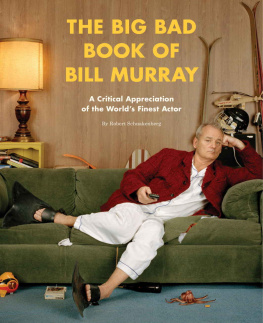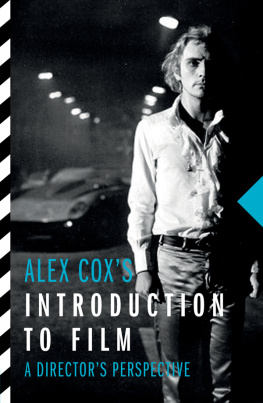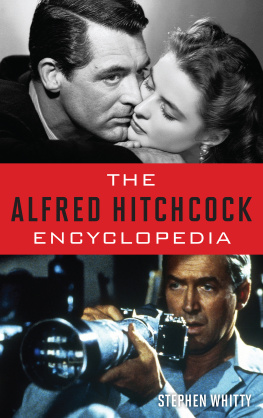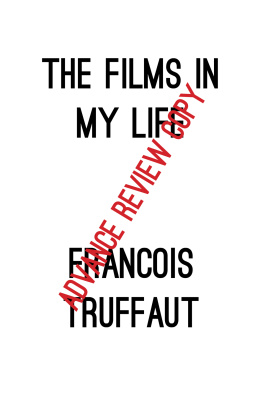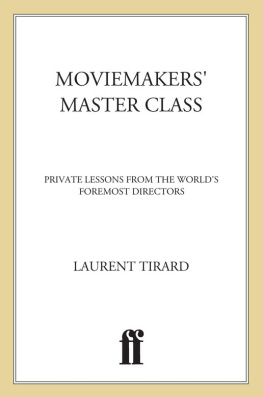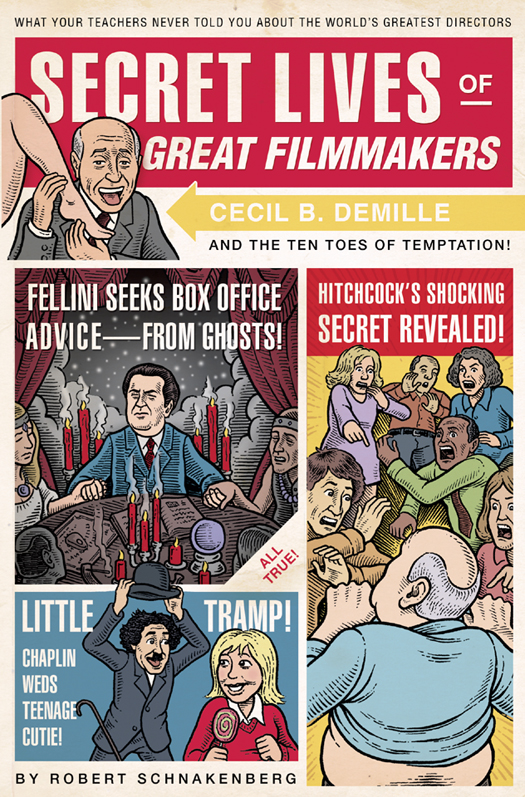Copyright 2010 by Quirk Productions, Inc.
All rights reserved. No part of this book may be reproduced in any form without written permission from the publisher.
Library of Congress Cataloging in Publication Number: 2009937589
eBook ISBN: 978-1-59474-742-7
Trade Paperback ISBN: 978-1-59474-434-1
Trade paperback designed by Doogie Horner
Illustrations by Mario Zucca
Trade paperback production management by John J. McGurk
Quirk Books
215 Church Street
Philadelphia, PA 19106
www.quirkbooks.com
v3.1
ACKNOWLEDGMENTS
The author would like to thank Michael Carney for his assistance in researching this book.
THE COEN BROTHERS
JOEL COEN
When the legend becomes fact, John Ford famously counseled, print the legend. There are a lot of legendary stories told about famous film directorsand many of them are true. In the pages of Secret Lives of Great Filmmakers , well attempt to sort out the facts from the fables, keeping in mind Fords dictum and allowing for the large amount of mythologizing (self- and otherwise) that goes on in Hollywood and in capitals of cinema around the globe. Welcome to a world where the booze flows freely, the casting couch is open for business 24/7, and your ability to finance your next masterpiece is limited only by the budget youve allotted for blow.
Movie directors have been called the last cowboys, likened to gods, and analogized to chefs, CEOs, and Peeping Toms. From the earliest days of the medium, they assigned themselves tremendous power over the casts, crews, and creative content of their pictures while assuming few of the accompanying responsibilities. Producers ponied up the money to make their artistic visions come to life, but at the end of the process they were often left quite literally holding the bagan empty one that once was filled with the cash of a thousand Pasadena dentists. This business model has generated some remarkably goodand some stunningly badmovies and supplied the fodder for a thousand great director anecdotes, many of which we retell here. From such imperious tyrants as Cecil B. DeMille to public provocateurs like Spike Lee, directors have always had a knack for bullying their subordinates, feuding with their rivals, and stirring up trouble with the suits.
Also in the mix are the personal quirks, weird habits, and pathological predilections that are par for the course for every fabulously successful creative person. Between these covers lurks one of the strangest collections of cross-dressers, toe suckers, germophobes, control freaks, and sex addicts ever assembled. Here youll find the answers to a thousand trivia questions you can use to confound your movie-mad friends: Which famous director was obsessed with croquet? Who devoted an entire room in his mansion to books about Napoleon? Is it really true Alfred Hitchcock had no belly button?
If film directors truly are like voyeurs, using their cameras to show us aspects of the human experience we might not otherwise see, then its only fair that we turn the tables on them. Lets peep into their rear windows for a change, look in their celluloid closets, debunk a few urban legends, and find out what makes the great modern mythmakers tick. Like a stag reel you pull out of the shoebox and screen for special friends, these secret lives should be shared with anyone who can handle a walk on the wild side of movie history. And so, without further ado Dim the lights! Roll em!
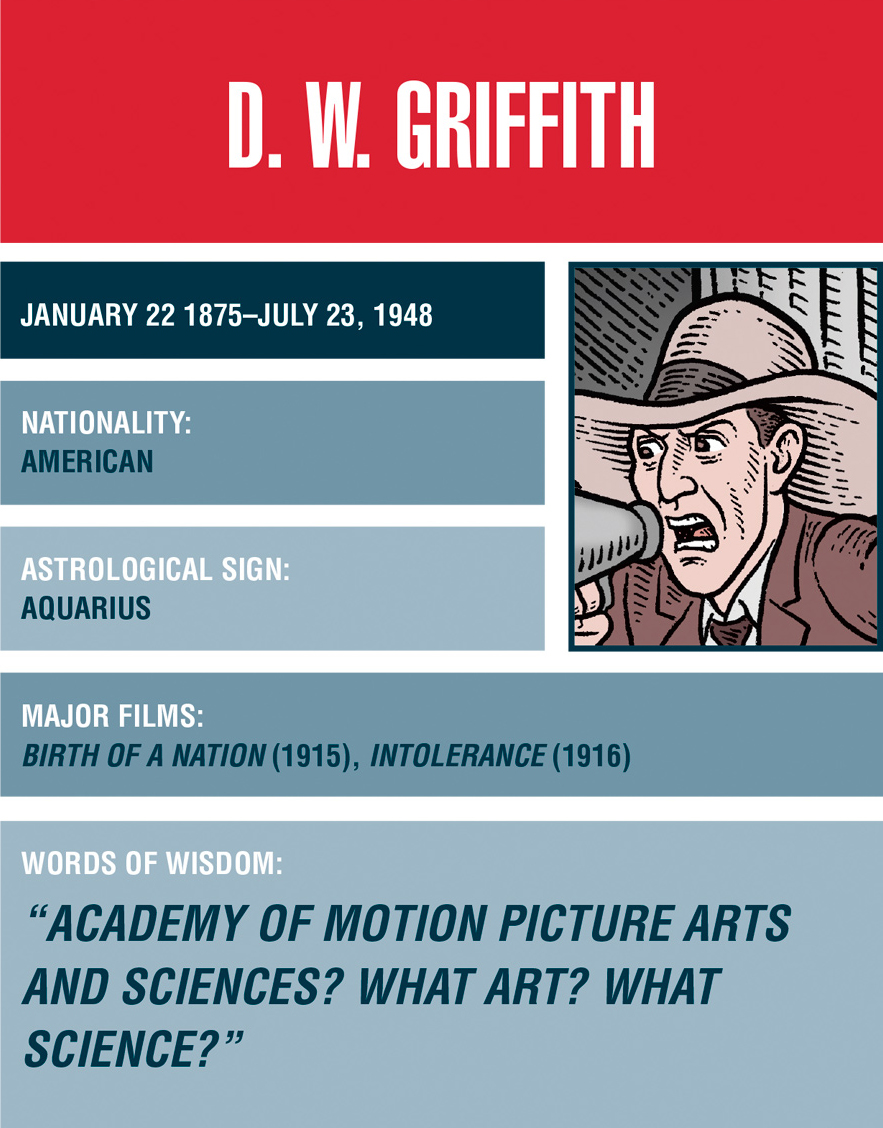
D . W. Griffith was the George Washington of film directorsthe founding father of auteursa man whose imperious manner and grand appetites set the standard for every moviemaker who came after him. With his straw hat and oversized megaphone, he is also the physical template for the director archetype. Fortunately, most of the filmmakers who came after him saw fit not to emulate his other defining characteristic: a racism so pernicious it taints the undeniable technical brilliance of his trailblazing silent features.
David Llewelyn Wark Griffith was born in La Grange, Kentucky, a small farm town just outside of Louisville. He was one of seven children. His father was Colonel Jacob Wark Griffith, known as Roarin Jake to his friends, a gold prospector, plantation owner, and all-around bullshit artist who occasionally dispensed medicine without a license. Roarin Jakewho claimed to be descended from Welsh warrior kingshad made a name for himself during the Civil War. In 1861, after his house was burned down by Union guerrillas, he joined the Confederate cavalry and rose to the rank of lieutenant colonel. According to legend, he once suffered a broken hip courtesy of a Union cannonball, but refused to give up his command. Unable to walk or ride, he simply commandeered a horse and wagon and led his men into battle from a seated position. For the rest of his life, Roarin Jake kept his officers saber hanging above his mantela constant reminder to the young D. W. of the Lost Cause for which the South had fought.
Besides teaching D. W. the rebel yell, Roarin Jake also instilled in him a love for great literature. He introduced the boy to Shakespeare, Poe, Dickens, and Longfellow and took him to his first magic lantern showa nineteenth-century precursor to motion pictures in which slides depicting classic stories were projected onto a large screen. He also instructed D. W. in the time-honored traditions of southern racism. Once, when one of his African American servants gave D. W. a haircut he didnt like, Jake accused the elderly barber of ruin[ing] my best-looking son, cursed at him, and chased him around the yard with his beloved saber. D. W. Griffith later said that his father was the one person I really loved most in all my life.
When D. W. was ten, his father died suddenly. The old rebel had spent a lazy spring evening on the front porch guzzling whiskey and eating homemade pickles straight from the barrel. The overindulgence proved to be fatal for a man with a stapled stomach. After scarfing down no fewer than eight gherkins and several tin cups of booze, Roarin Jake keeled over. Doctors determined that the unusual combination of food and drink caused the stitches in an old war wound to rupture. He passed away a few hours later.
In 1890 the Griffith family moved to Louisville. There Griffith worked at a series of odd jobselevator operator, bookstore clerk, reporter for the Louisville Courier-Journal before settling on a career in the theater. Performing under the stage name Lawrence Griffith, he appeared in a variety of minor roles in stock company stage productions. He also worked behind the scenes as a prop man for Sarah Bernhardt. Pay was abysmal, and Griffith harbored dreams of becoming a writer, so he lit out for the coasts. Settling first in California and later in New York City, Griffith finally gained a foothold in the nascent movie industry. He directed his first film, The Adventures of Dollie , in 1908, with his wife, Linda, in the lead.


